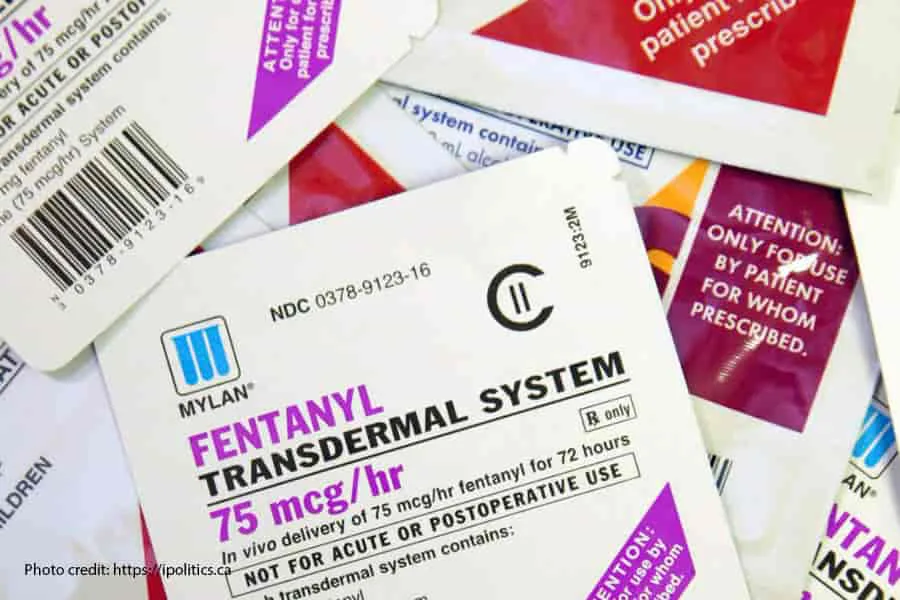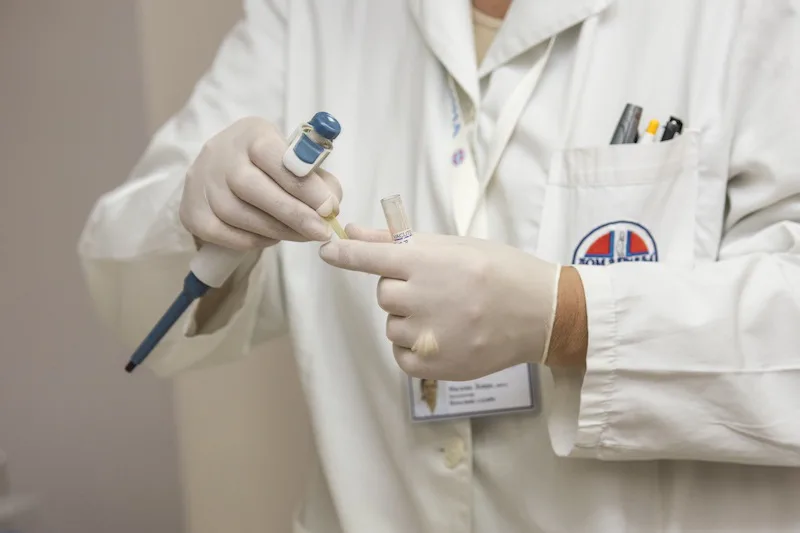Opioids: Who Is Using Them and Why?
Drug overdose is the leading cause of accidental death in the United States; 44 people die every day from prescription drug overdose. Recently, it came to light that a large portion of these drug-related deaths (6 out of every 10 cases) were caused by one family of drugs: opioids. Public health officials say that this opioid problem has been growing over the past 15 years, and it can no longer be ignored. Opioid Drug Use Is on the Rise Painkiller prescription availability and drug use has been on the rise for years. In 1991, 76 million doses of oxycodone (OxyContin) …







